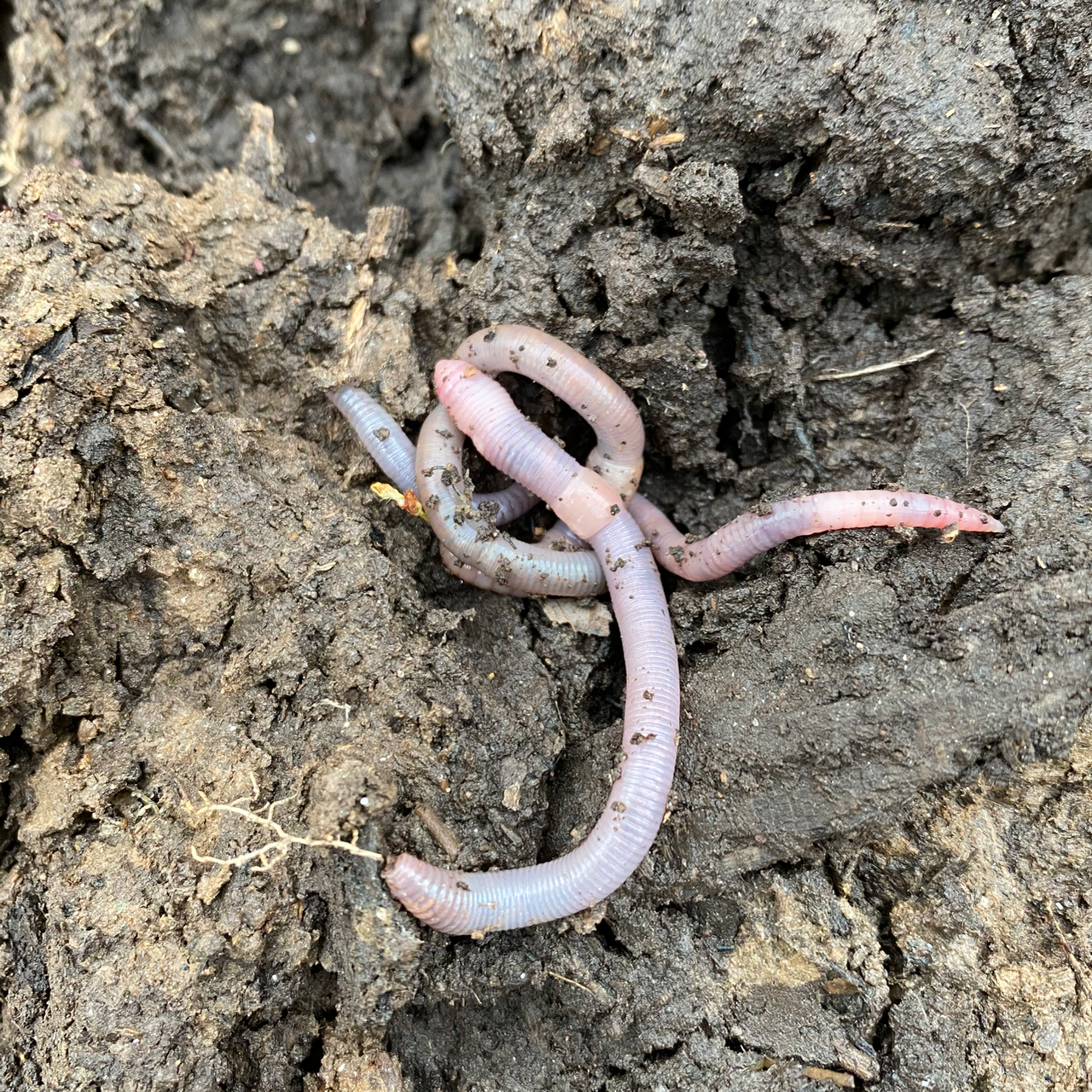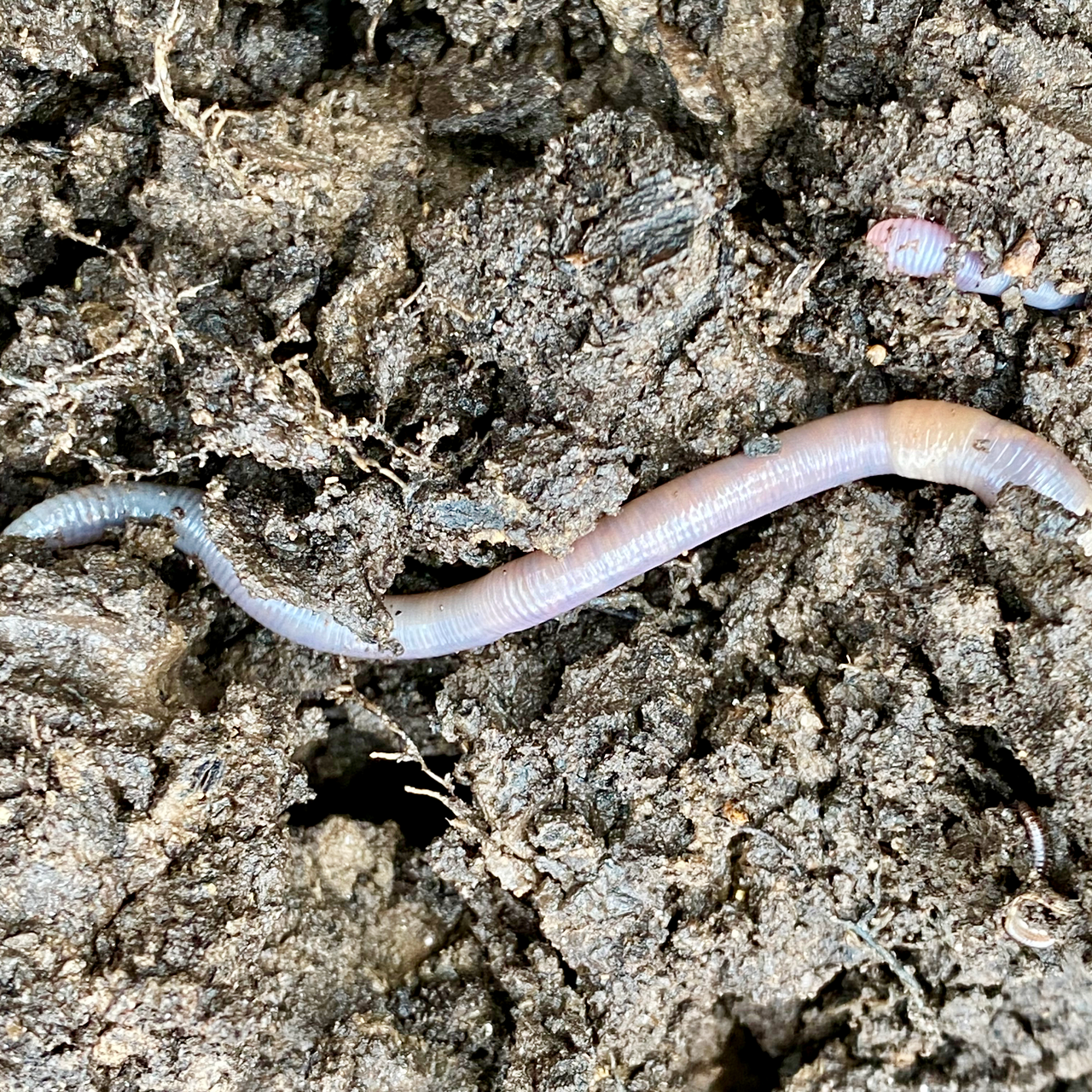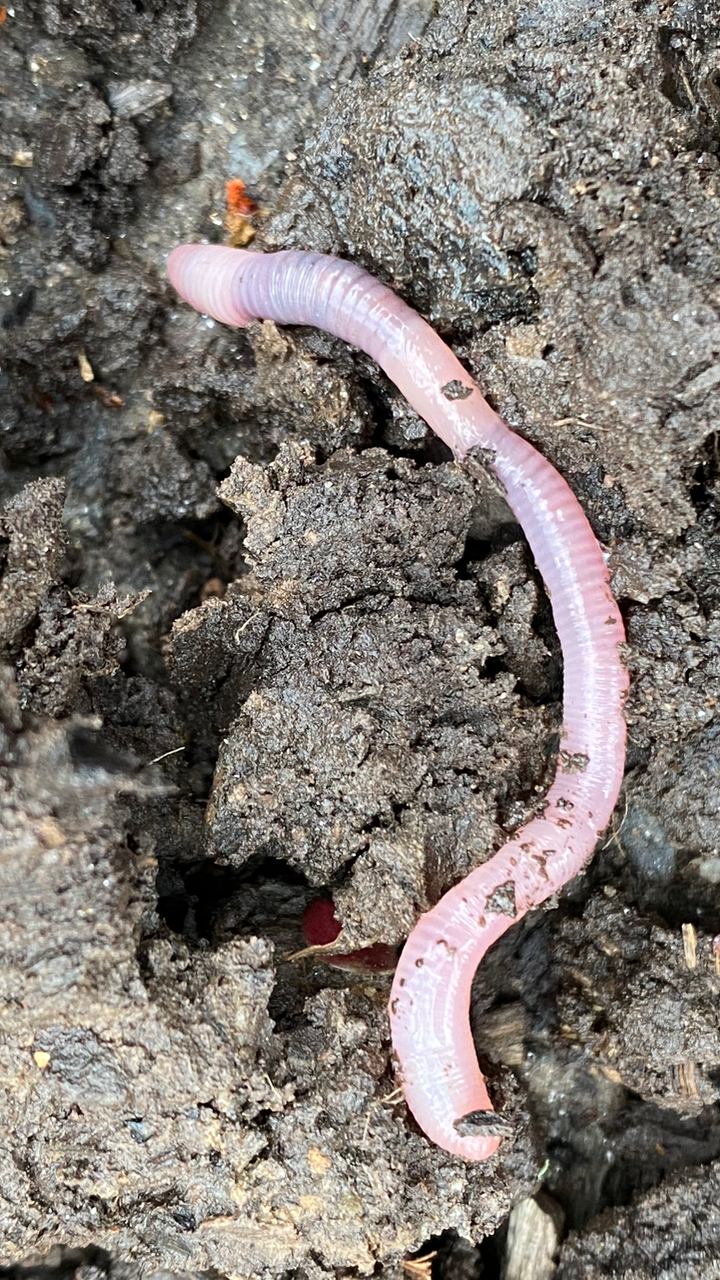Earthworms in the soil are one of those simple organisms that we take for granted. They are one indicator of soil quality. Anyone can check for earthworms. Just get something to dig with. Turn over a few inches of soil. If they are there, hey are easy to find. Their presence indicates a living breathing soil filled with invisible activity. Read more to find out why earthworms are important to the soil and ultimately growing healthy plants and trees.
Earthworms and the Soil
First, earthworms eat bacteria and fungi that grow on decomposing organic material. When they eat it, they fragment it into different organic material that is beneficial to plant growth.
Second, as earthworms travel from the surface to deeper levels of the soil, they mix the soil.
Third, as they travel and eat, they create tunnels increasing air flow and water flow through the soil.
Finally, by changing decay and creating tunnels, the soil can hold more water.
Interesting Facts about Earthworms
There are 23 families of earthworms. These families are further divided into 700 genera and 7000 species. Wow! That is a lot of different kinds of earthworms. The family of earthworms that are most important to soil health is Lumbricidae. Lumbricids are not native to the United States, however, they are not considered an invasive species.
Earthworms are invertebrates, herbivores, and hermaphrodites. This means that they have no bones, they eat plants, and each worm exhibits male and female characteristics.
Their lifespan is up to 6 years, and they can grow up to 14 inches. That is a big earthworm.
Earthworm skin has a few functions. First, it is how worms breathe. The slim that coats them helps to absorb oxygen and expel carbon dioxide. Also, it has sensors to detect light and touch.
Read More:
USDA Natural Resources Conservation Service Soils
Using Organic Worm Castings: How to Harvest Worm Casts for your Garden


